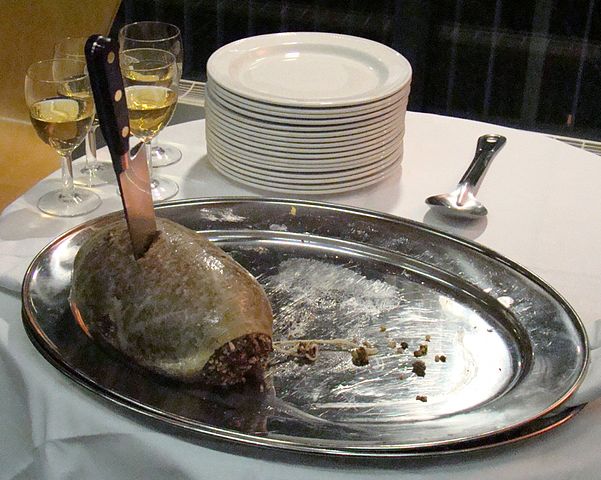Remembering the Bard: Robert Burns

When most people encounter the epithet “the Bard” in text or speech, they automatically assume it refers to William Shakespeare, who is known as the Bard of Avon. But there was another who first acquired that particular sobriquet, and deservedly so. I’m of course talking about Robert Burns, the Bard of Ayrshire, and the national poet of Scotland.
Perhaps most well known for having written the lyrics to “Auld Lang Syne”, that nostalgic ditty only half understood by so many and yet sung the world over on New Year’s Eve, Rabbie, as he is often affectionately called, was born in 1759 near Ayr on the 25th of January, the son of a tenant farmer. Later hailed as a folk hero and collector of Scottish folk songs as well as Scotland’s national poet, the Bard “is regarded as a pioneer of the Romantic movement, and after his death he became a great source of inspiration to the founders of both liberalism and socialism” [Wikipedia].
You may know him by a few other of his poems which have been set to music, such as A Red, Red Rose, Ae Fond Kiss, and my personal favourite, The Banks O’ Doon, which gave us the song “Ye Banks and Braes”. But if you don’t, don’t worry. I put together a YouTube playlist for Burns Night you can grab a wee listen of. Just note that I also added a number of songs that he didn’t write the lyrics to, as part of an overall celebration of Scottish culture, music, and history.
And what is Burns Night ye might well ask? Well, ’tis first and foremost a celebration of Rabbie’s life and legacy amidst a feast known as a Burns supper, replete with Scottish food and music, a toast with fine Scotch whisky, and of course, readings of the Bard’s poetry and singing of his songs. Central to the supper is almost always the haggis, Scotland’s national dish, a savoury meat pudding which Burns eulogized most eloquently in his famed poem Address to a Haggis:
Fair fa' your honest, sonsie face,
Great chieftain o' the puddin-race!
Aboon them a' ye tak your place,
Painch, tripe, or thairm:
Weel are ye wordy o' a grace
As lang's my airm.

Haggis on a platter – By Kim Traynor – Own work. CC BY-SA 3.0
Yet the Burns supper is not merely a celebration of the Bard’s birthday, confined to that one night only. It can be enjoyed anytime, and regardless of whether or not one is Scottish. One need only have an appreciation for the works of the Bard and/or Scottish music, poetry, food, and culture in general, just as the singing of “Auld Lang Syne” that ends the feast isn’t only for the year’s end, as reminiscing about days gone by is a perennial thing not necessarily tied to any season or date on a calendar.
If you’d like to learn more about Robert Burns, his works, and the traditions of Burns Night and its celebratory supper, below you will find a few good links, as well as a fascinating documentary video of a modern facial reconstruction of the Bard as he might have actually looked in life.